While the Plains Indian feathered headdress has become the stereotypical image of American Indian headgear, there is little awareness of the headgear worn by Indian women. In the far west—in the Northwest Coast, Plateau, and California culture areas—Indian women wore basketry caps.
The Maryhill Museum of Art near Goldendale, Washington, has a collection of California woven women’s hats on display in their gallery on the California culture area.
In her Encyclopedia of American Indian Costume, Josephine Paterek reports:
“The typical basketry hats, usually quite rounded, varied somewhat from one locale to another.”
Among the tribes in Central California, the women wore coiled basketry caps shaped like a truncated cone. These caps would cushion the head from the pressure of a tumpline when the women carried burden baskets. The basketry caps also served a variety of other purposes:
- Among the Panamint Shoshone and the Chumash the coiled caps were used for measuring seeds.
- Among the Panamint Shoshone and the Kawaiisu the coiled caps sometimes served as personal food dishes.
- Among the Kawaiisu, a woman would give her cap to another woman as a symbol of friendship.
Josephine Paterek also reports:
“Most caps were decorated with geometric designs colored by means of the natural colors of the fibers used. In a few places false embroidery was used to create the designs, and in some southern tribes, designs were painted on the hats.”
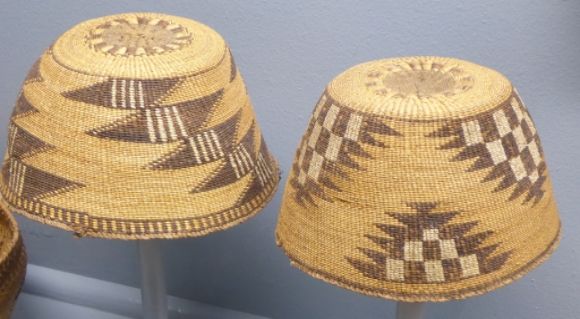 The twined basketry caps worn by women in Northern California and Southern Oregon (Modoc and Klamath) bear some similarities with the women’s hats of the Plateau culture area to the north.
The twined basketry caps worn by women in Northern California and Southern Oregon (Modoc and Klamath) bear some similarities with the women’s hats of the Plateau culture area to the north. 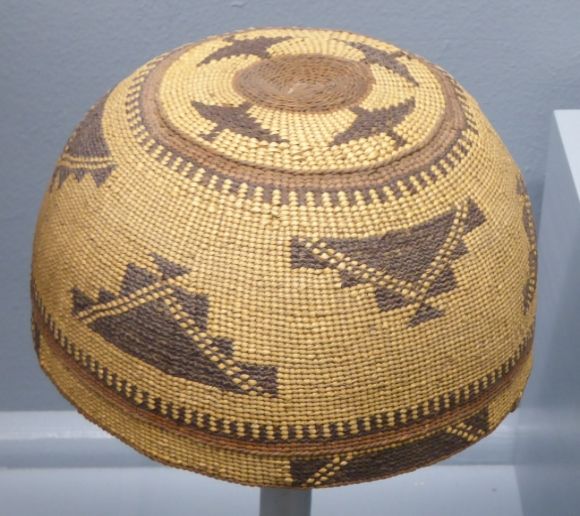
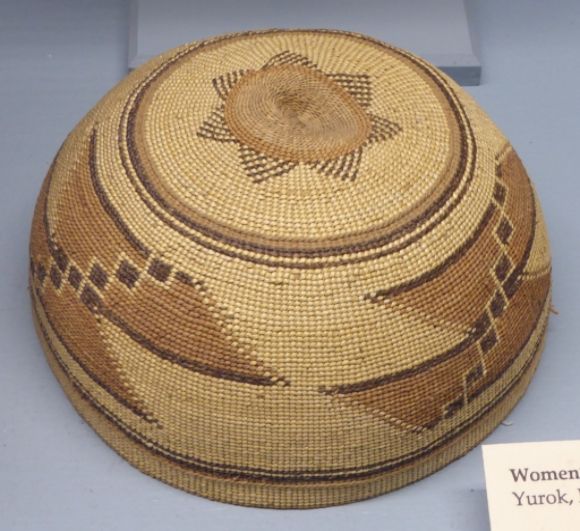

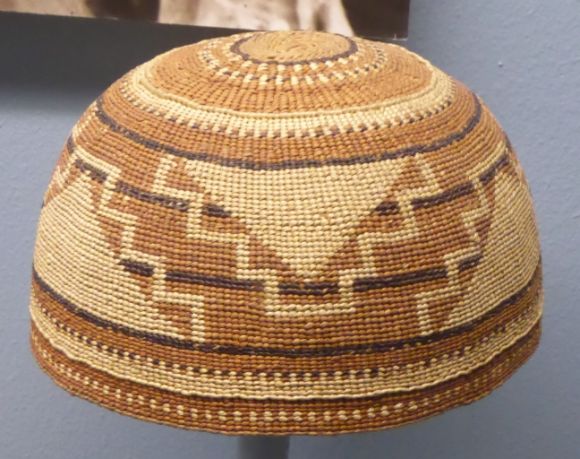

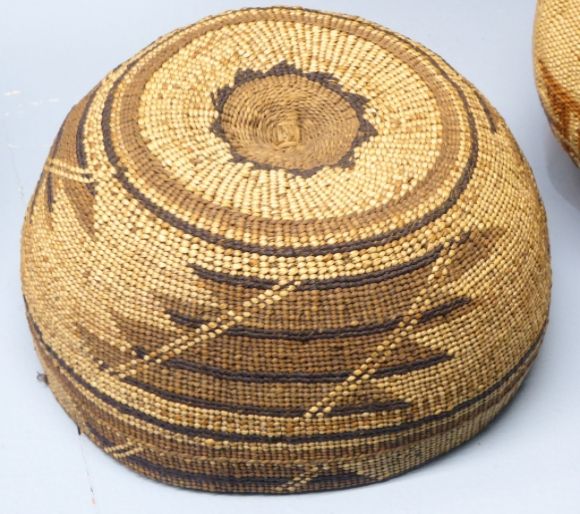
According to the Museum display:
“Women of the northwestern California tribes wore closely fitted basketry caps with a characteristic domed shape. They were twined using hazel nut, bear grass, and Woodiwardia fern stems. Hat patterns were quite varied, although weavers all used the same horizontal band format and geometric motifs. These are all dress hats, worn for special occasions as a means of displaying wealth and social status. Less decorated versions were used for everyday.”
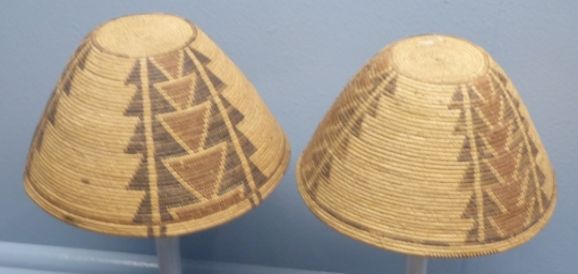 Shown above are Yokuts or Tulare women’s hats.
Shown above are Yokuts or Tulare women’s hats.
According to the Museum display:
“Women of southern California tribes wore basketry hats that differed from those worn in the north. These hats were coiled rather than twined and woven in the shape of a truncated cone, instead of the domed shape in the north.”
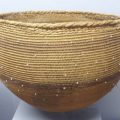
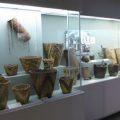
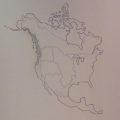
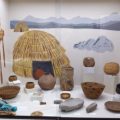
Leave a Reply